Creators of the Creator (bronze casting)

In the ordinarily quiet town of Swamimalai, there is a complete pandemonium of thousands of people tonight. They swarm the Swaminathaswamy Temple, lips moving in silent prayers as they sway under the spell of Vaikasi Visakam, the day of Lord Murugan’s birth. The throng moves slowly, the chants of the priests as they do the abhishekam becoming louder as they get closer. The sporadic shrillness of the temple bells sends their hearts into a pitter-patter. The eternally still eyes of the idol of their God and the elephant beneath him witness the people who have come offering prayers, devotion, and fruit. They clutch pots of milk in their hands tightly, feet oblivious to the ground that is sticky from the crushed flowers, and make their obeisances.
The town is bathed in the pale light of the full moon, etching a picture so divine that could enchant anyone. It is nights like these that are reminiscent of its ancientness. But the temple is older still, holding centuries of history in its splendor. It had existed when the town was nothing but silt at the banks of river Kaveri; when Arulmozhi Varman ( Chola King Rajaraja-I )had taken reign.
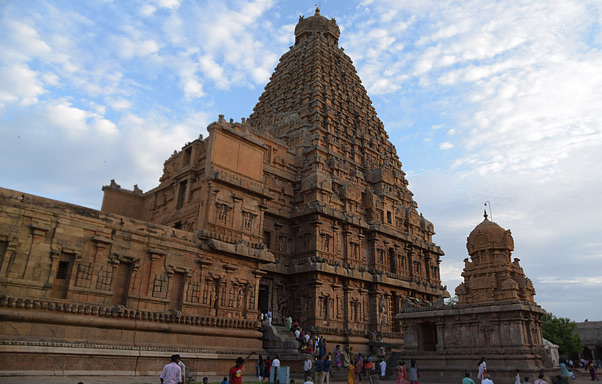
Rajaraja was a fierce king and a fiercer devotee. He had an eye for architecture too, evident in the build of the Peruvudayar Kovil ( Brihadishvara Temple ) in Thanjavur. He had brought carpenters, sculptors, goldsmiths, stonemasons and other artists from places all around to build the magnificence that is this temple. These people, after the completion of the temple and its idols, had slowly begun migrating. When they came across the clay on the banks of River Kaveri, divinely suited to their craft, they settled down in the place that would come to be known as Swamimalai.
Theirs are the descendants who still follow the atavistic craft of bronze casting. These people, known as the Sthapathis, cast idols so beatific that it is no wonder that their lineage is believed to be that of Vishwakarma, the divine architect. These icons, which had gained more appreciation after the Bhakti movement, closely resemble the descriptions in Indian scriptures, the benchmark that the Sthapathis adhere to.
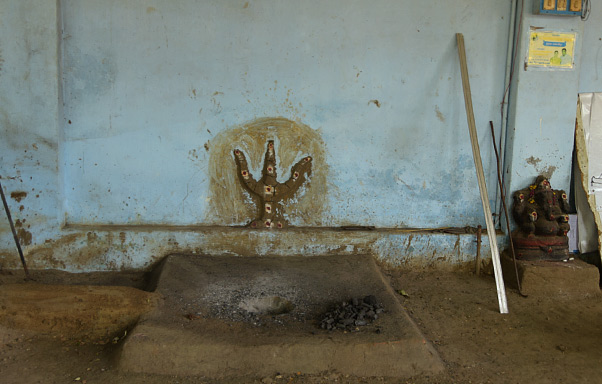
The process of bronze casting is, in itself, a very spiritual experience. A Sthapathi is expected to be well-versed in the Neetisaram, Amaram, Shilpasaaram, and the Dhyan shlokas. He recites these shlokas and lets the aura of God guide him and help conceive the deity’s form in his mind. One of the shlokas that he recites is from the Agni Purana:
“O Lord of Lords,
Teach me in my dreams
How to carry out all the work
I have in my heart”
The form that the Sthapathi envisions has to comply with the 114 specifications mentioned in the Shilpa Shastra. These images of God could be of any one of the pantheon—Ganesha, Subramanya, Rama, Krishna, Vishnu, Lakshmi, Parvathi, Saraswathi, Hanuman, and even more deities. The statue that is the most renowned is that of Nataraja. These manifold of intricacies in the craft require the kind of finesse that few can master. To preserve this niche craft, a school for sculptors has been founded in Swamimalai. All the learners are taught, but few truly learn.

One of the things that lend its uniqueness to the craft is the ancient lost wax method of making the idols. Resin and paraffin wax are mixed with an addition of groundnut oil to form the base of the mold that will shape the curves of the statues’ bodies. This mixture is warmed up and then left to rest until the dexterous hands of the sculptor can comfortably shape it. Body proportions play a vital role in the craft and are a science in itself to be followed strictly. Right from the measurements of their perfect facial features, to the length of their limbs and fingers, to the distance at which joineries are given, the measurement between their navel and the center of their chest, the arch of their brows to the arch of their waist; everything is proportionately made as per the measures of a perfect body.

To ensure the exquisiteness of the finished statue, it is shaped in separate parts. The sculptors carefully shape the curve of a wrist, the softness of the torso, and the steady platform of the seating pedestal. They become whole by heating and attaching the wax of the mold. The readied wax mold is placed onto a wooden plank and they map the center of gravity, so the statue can eventually stand on its own. Necessary adjustments of weight are done by chiseling or attaching more wax. The Gods are then adorned with jewelry and weapons formed by a softer wax.
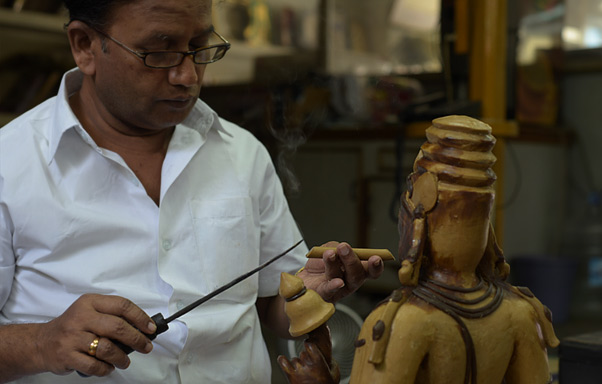
When temples are the patrons of the sculptures, they are made entirely of metal, terming them as solid cast. If the statues are meant for the homes of people as artifacts, a core of clay-fiber is made, with a cladding of wax on the top. This clay fiber is a mixture of fiber, resin, and minerals. When there is a need to reduce the weight of the statue and the metal consumption, the jute fiber core with a clay cast surrounding it remains intact when the mould is heated and when molten metal is poured in. Allowing the molten metal to only reach the left out spaces and surface, which was made with wax.
A bed of sand is made for these wax idols to lay in. When they are lying face-up, firm fingers begin applying fine-grained clay on the entire surface. The clay reaches in every crevice and encapsulates even the finest of features. Small, blunt channels called runners are formed out of wax so that when it is time to let the wax out and the metal in, it can be done with ease through the passage left by these molten wax channels.
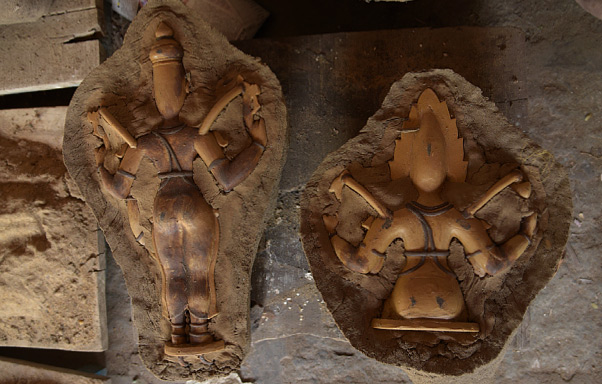
The initial layer of clay is then covered in final, thick layers of clay. The Sthapathis make the statues ranging from 6 inches to 12 feet. If the mold is large, thin metal wires are wound on top of the mold after it has dried so the clay doesn’t crack during heating. A final layer of clay mixed with sand is applied to hold the wires tightly and left to dry. A couple of men move these bigger molds over a raised surface, with the runners facing downwards. The mold is heated then, and the wax trickles out of the runners, collecting in a small pool of enclosed water.
A cast of clay remains, waiting for the essence of the metal that can make celestial beings. For that essence, a rectangular pit is dug in the ground, complete with a metal grate and a side inlet for air. This forms an underground furnace that helps melt the metal faster. Before the crucibles can be put in, two bricks dusted with sand are placed at the bottom to prevent them from sticking. The pit is long enough to hold two of these crucibles, in which copper (82%), brass (15%), and lead (3%) are placed after weighing. These are then covered with stone domes and the space around them is filled with coal.
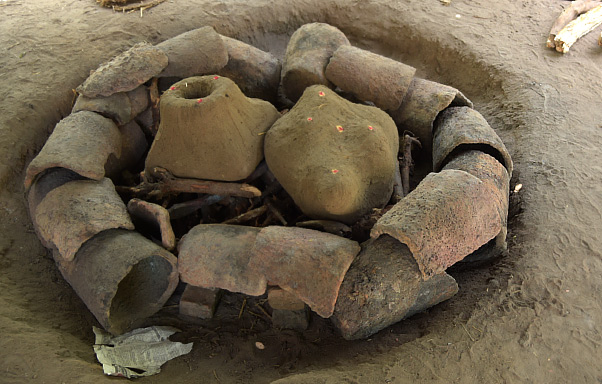
While the fire burns blistering hot, the clay mold is buried in a pit its size. The entirety of it is covered in mud, save for the two channels at ground level that would be used for pouring in the molten metal. As soon as the metal liquefies, it is poured through one channel while the fire still rages in the crucible. The other channel lets the air out.
When the alloy cools down completely, the Gods are unearthed like hidden treasures. It seems like divine beings are being birthed again as the casing is gently cracked open with the help of a hammer and a chisel after removing the metal bindings.
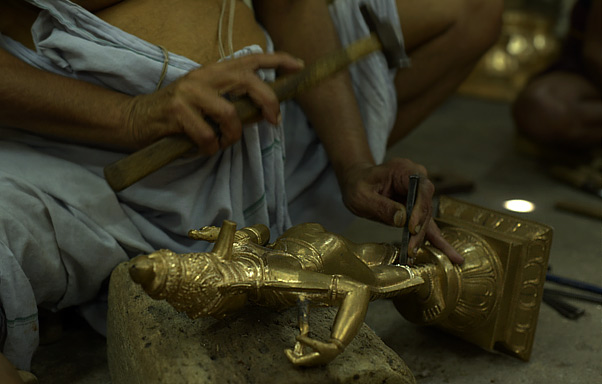
The clay that clings to the idols is removed by wire brushes. The channels that had been so crucial in the making are sawed-off. When it is time to sculpt the final details, the idol is held by its feet, with their face being chiseled at last. When the rough edges are chiseled away, unblemished perfection remains. The metal pieces that are chiseled away are kept for future use.
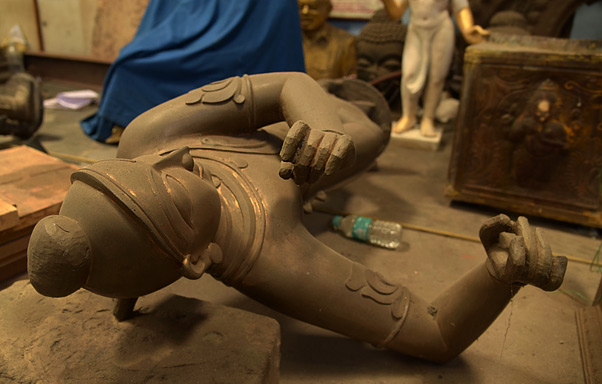
The idols in temples, before they are washed with panchamrit during pujas and abhishekam, have to be washed with tamarind water and soap-nut stone while they are yet to come out of the sculptor’s workshop. Electrical polishing machines buffer the sculpture to an external shine while moon rays impart the eternal divine shine in them. The readied idols, then, are ready to be sent to new homes that would cherish and worship them. This tedious and long process of the casting, which can take weeks, is no less than any devotee’s faithfulness to god. It requires a unique kind of determination to be the creator of the Creator, and the Sthapathis have proven themselves to be worthy of the honor again and again.

The toil of this great task is done and the sculptor in the warmth of his home again is constantly reminded of the vision of Lord Murugan that he had had before any of this was accomplished. Back from the temple, bringing with them a prasad of Sakkarai Pongal, the family serves a lavish dinner. The smell of incense mingles with the feast of thavala adai, rasam, and mango payasam that the ladies have prepared. They wash their faces with cool water before they say short prayers to Gods in their house. As they sit down to eat, amongst the joyous and content laughter of the family, they thank the Gods once again for blessing them with adept hands and divine vision.
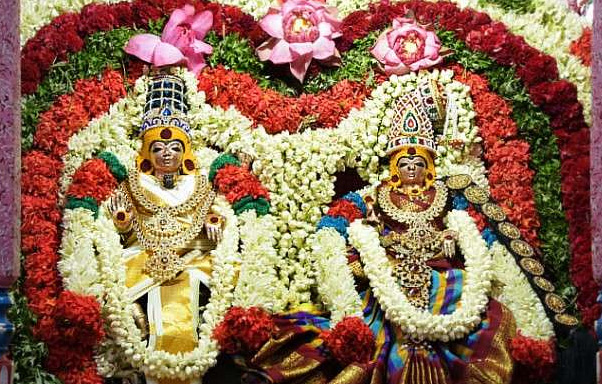
The Sthapathi wakes up the next morning to sporadic ringing of the temple bells, indicating the procession, that must be taking the new Bronz form of the God to the temple…. the vision of the God still flashing behind his eyelids. The town is cheering on the chariot as it passes by. Two children dressed as Gods are prancing across the makeshift stage, cheeks glowing and hands stained from the flowers that they’re showering the people with. Behind them, seated high on a pedestal is the bronzed form of Lord Murugan. The idol is watching, and blessing the people who have nothing but love for them in their hearts. The echoes of the crowd follow the Sthapathi all the way to work, filling him with a new-found vigor to create.

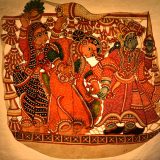
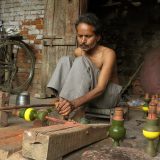
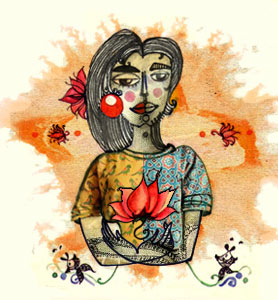
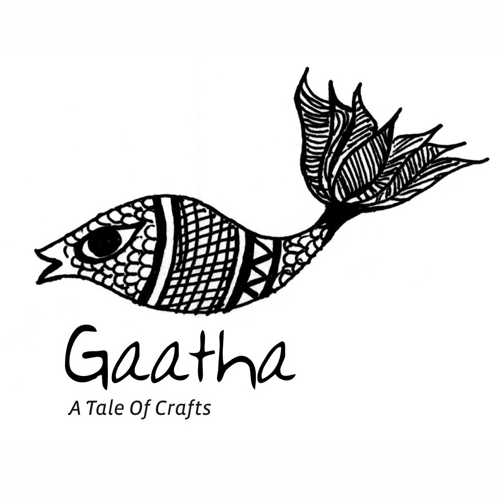


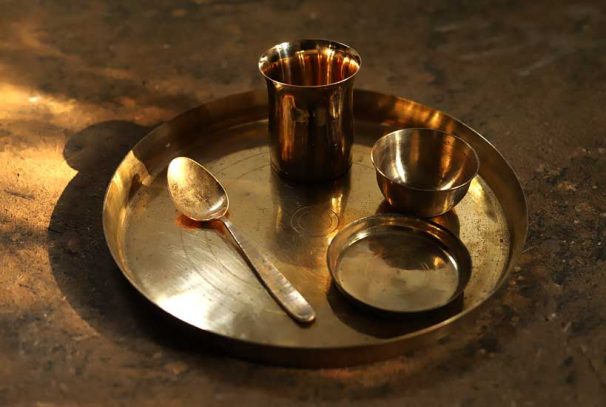
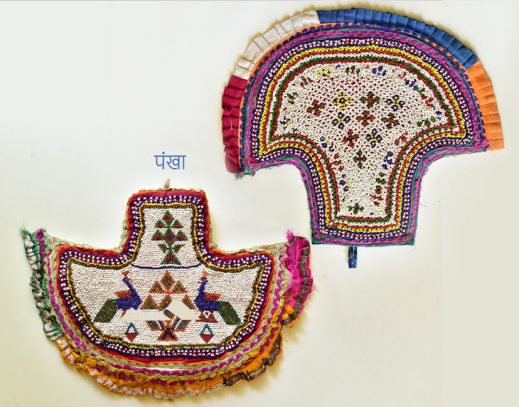
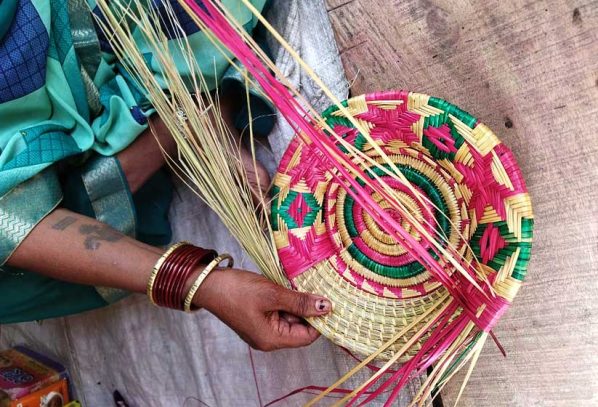

Archana
The temple name is Peruvudayar Kovil.
The King name is Arulmozhi Varman
gaatha
Dear Archan,
Thank you for your feedback.
We have updated the post.
Regards
R Srinivasan
Namaskaram.
Can you please tell me more about the school in Swamimalai where they teach sculpting. How can I get in touch with them?